Tag: History
-
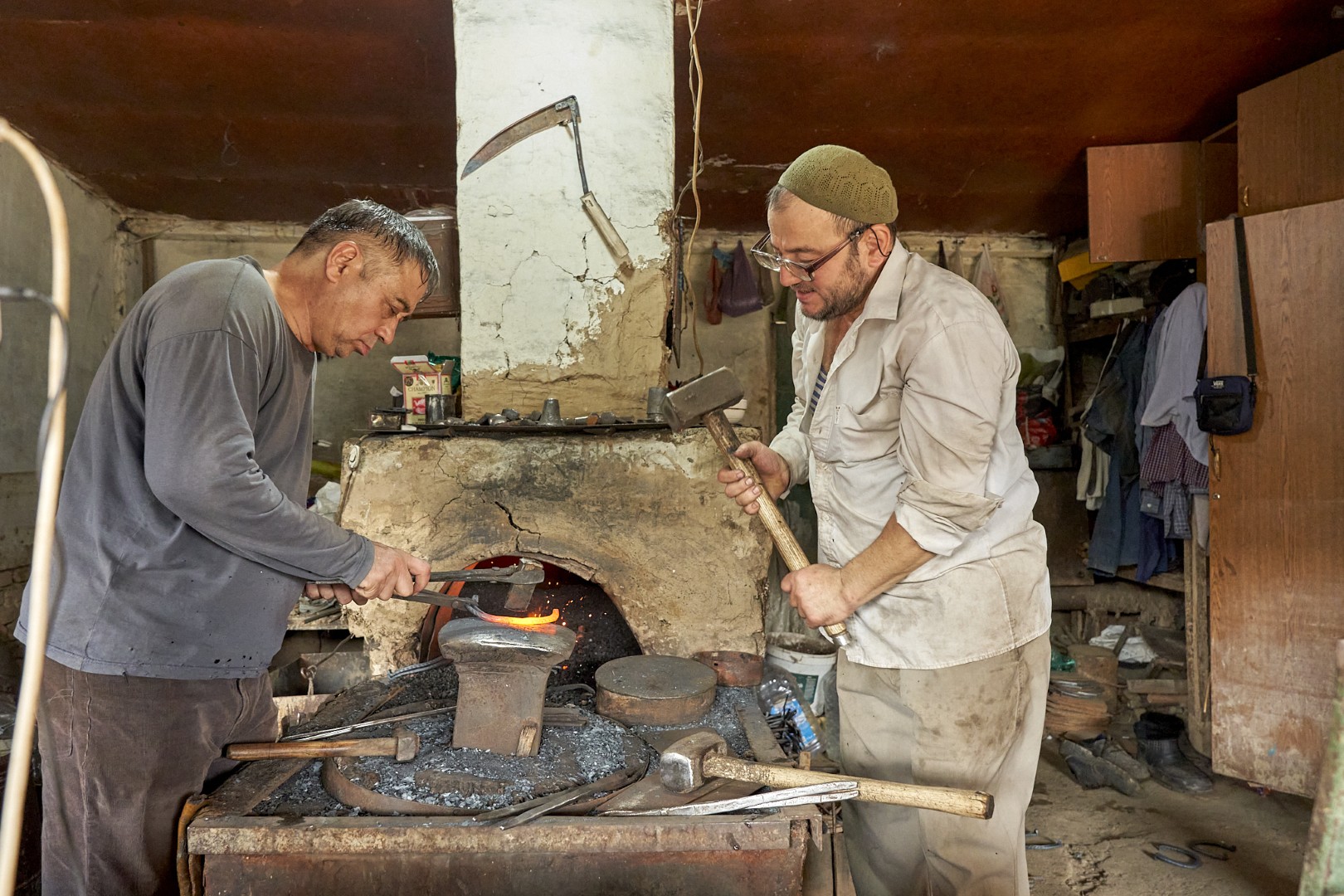
Blacksmiths’ Row
The blacksmiths’ row is situated on the bank of the Ak-Buura, in the most colourful part of the old bazaar, as it has been for over a thousand years. Every morning there is the ringing of hammers on anvils. Aptitude, dexterity and stamina, multiplied by many years of tradition, are the defining qualities of a…
-

Altyn Bazaar
Start your walk around the old bazaar at one of the oldest passageways on Lenin Street, near the historical Sheyit-Tepe neighborhood. It is not visible from the street, as the passageway is hidden by billboards. It is a narrow, somewhat winding passageway between residential houses and commercial premises built along a precipice.
-

History of the Bazaar
Osh’s old bazaar dates back to the founding of the city, some three thousand years ago. Today, many of the smaller local bazaars have disappeared or changed locations, and only the old bazaar remains the same, at home on the banks of the Ak-Buura.
-
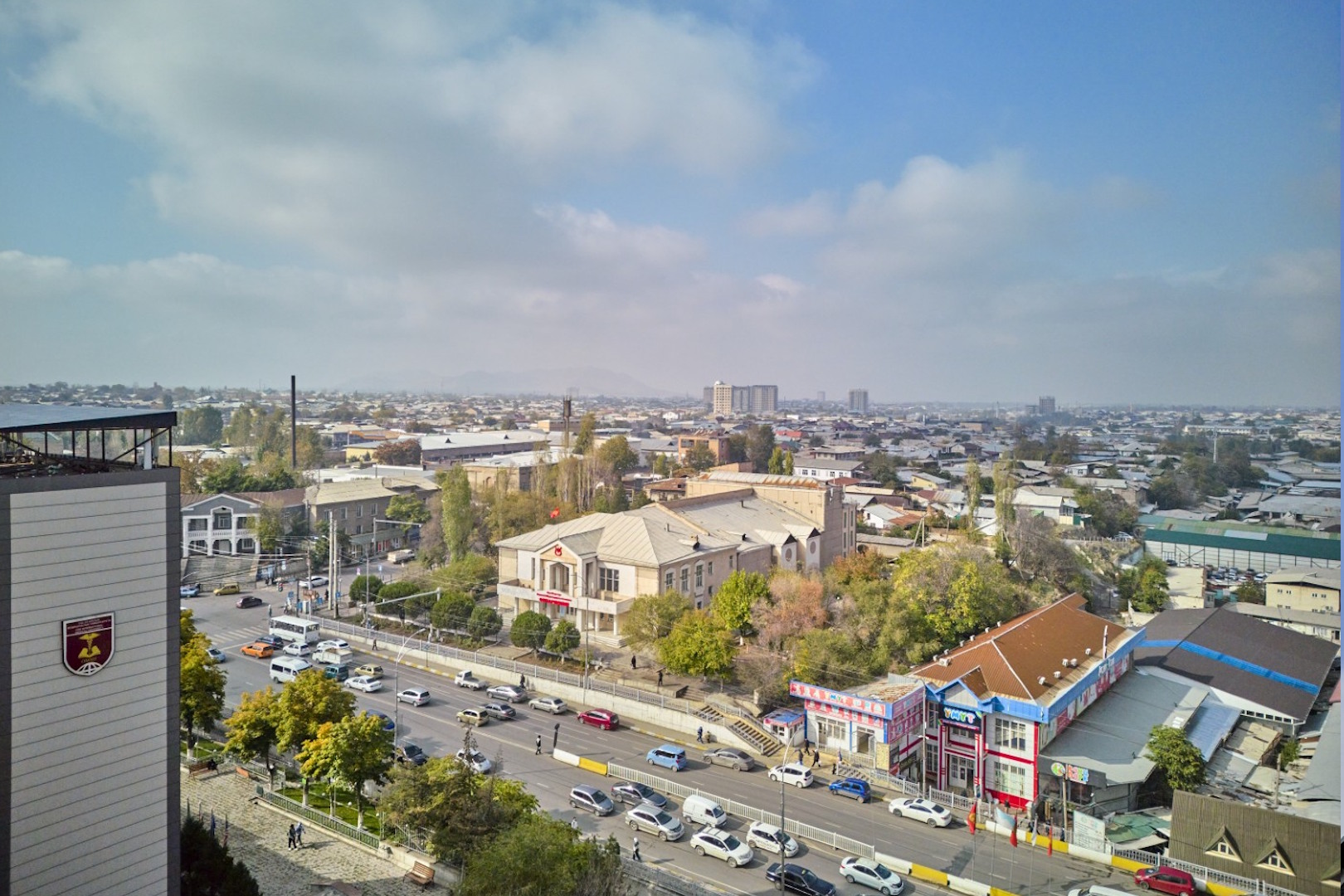
Madrasah of Khalmurzay and Mukhammedbay Turk
Today, in the square between Navoi, Kurmanjan Datka and Lenin Streets, it is difficult to find the outlines of the old quarter of Osh. It lost its historical contours in the 1960s, when a rapid reconstruction began.
-
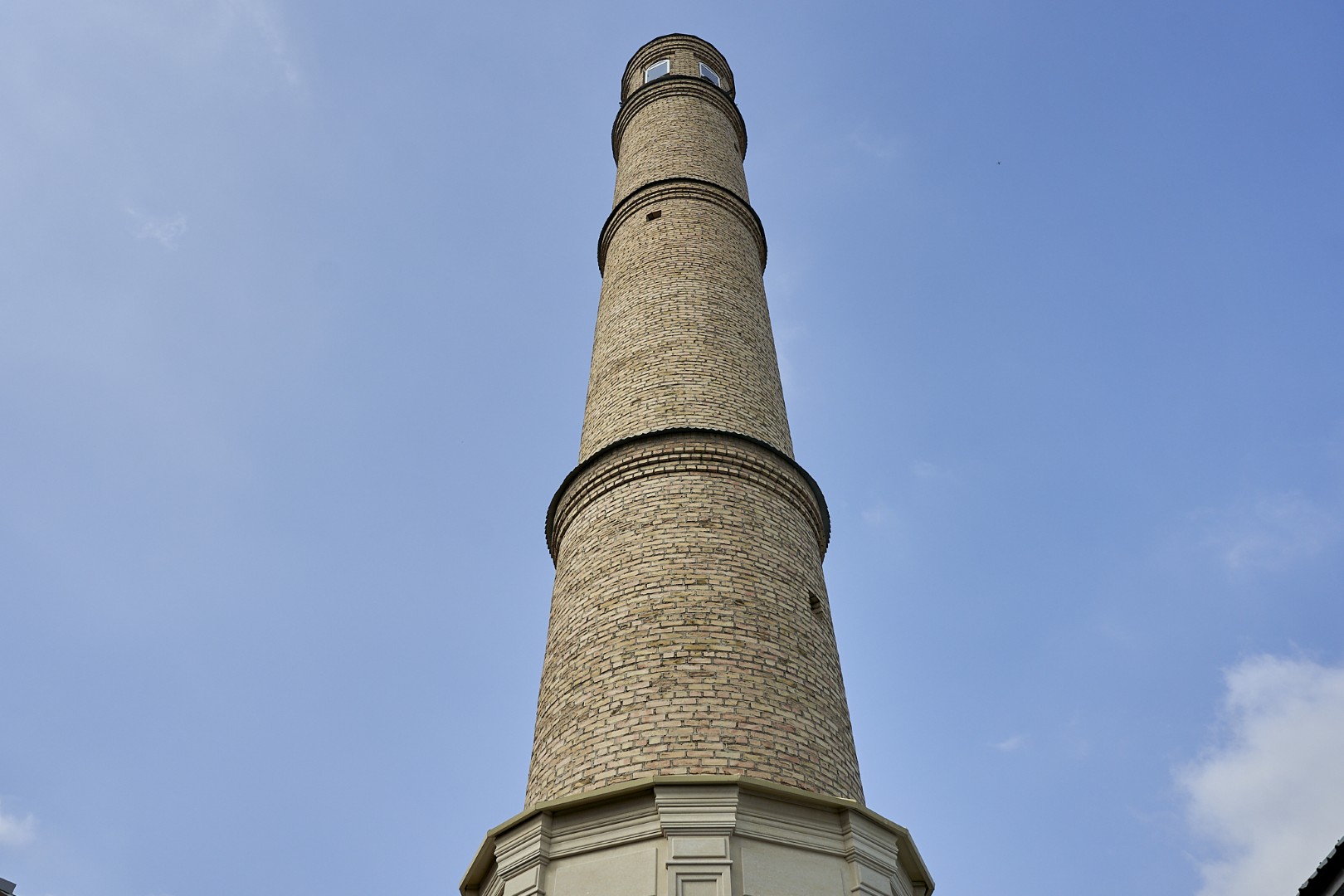
Mosque of Mohammed Yusuf Bai Haji Ogli
Mohammed Yusuf Bai Haji Ogli Mosque, an architectural monument of the 20th century, located on Navoi Street, is an example of a “guzar” (quarterly) religious building typical of southern Kyrgyzstan.
-
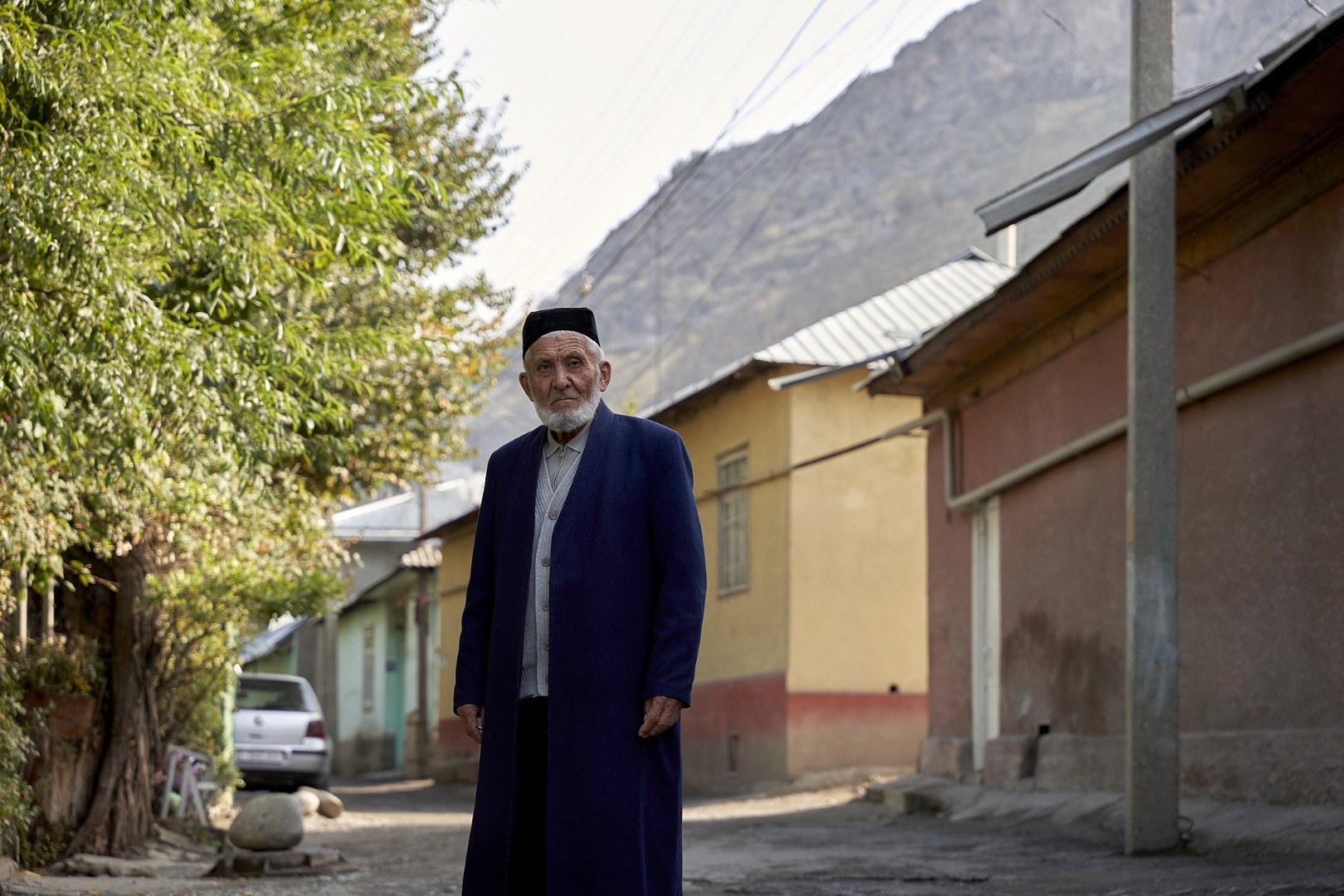
Artisans Quarter
Artisans Quarter is one of the favorite urban subjects of Osh painters. After Suleiman Mountain, it is the most recognizable location portrayed by local landscape artists.
-
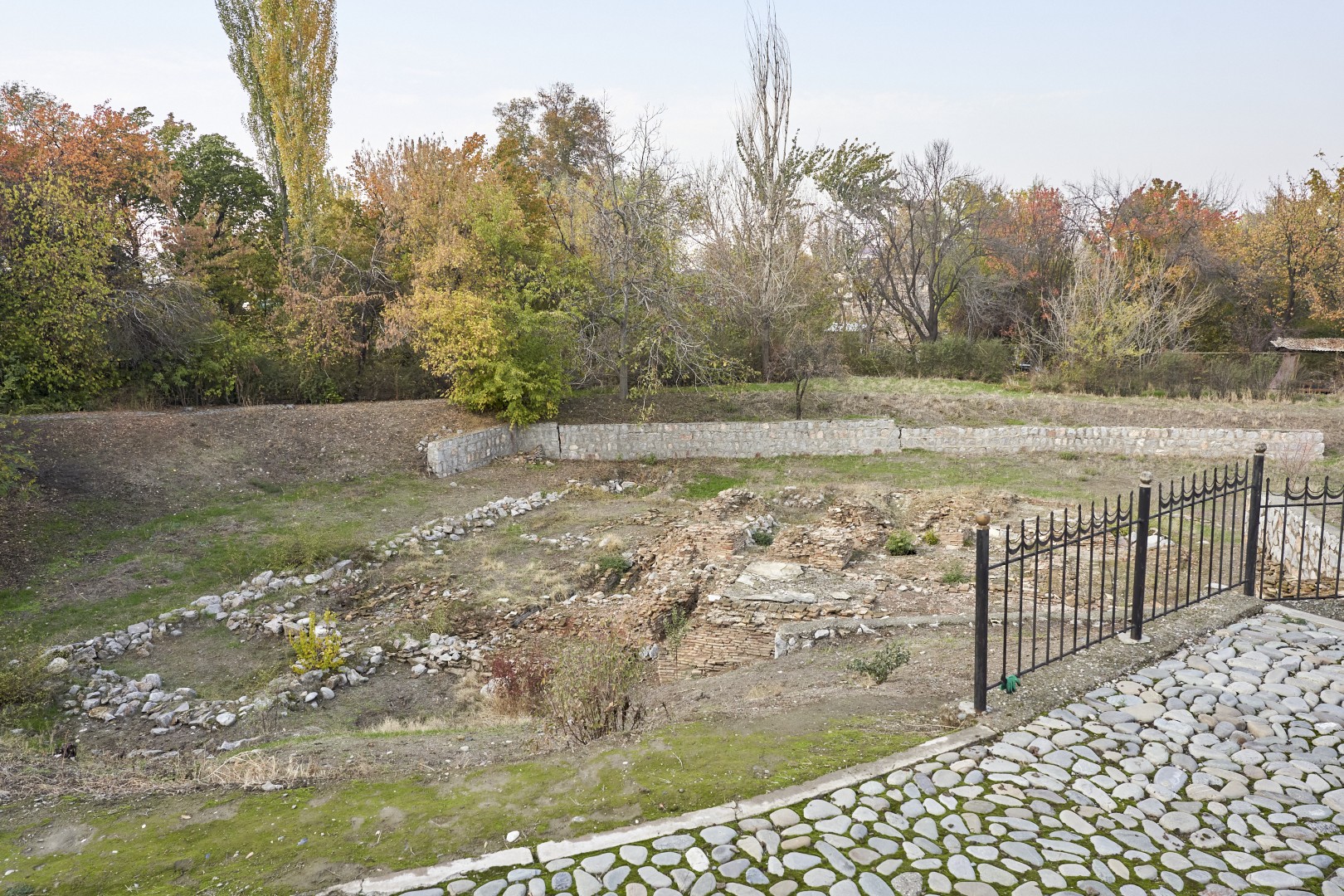
Medieval Bath
The remnants of a medieval bathhouse at the northern foot of Suleiman Mountain were discovered quite unexpectedly in 1984 during construction work for a new pavilion.
-
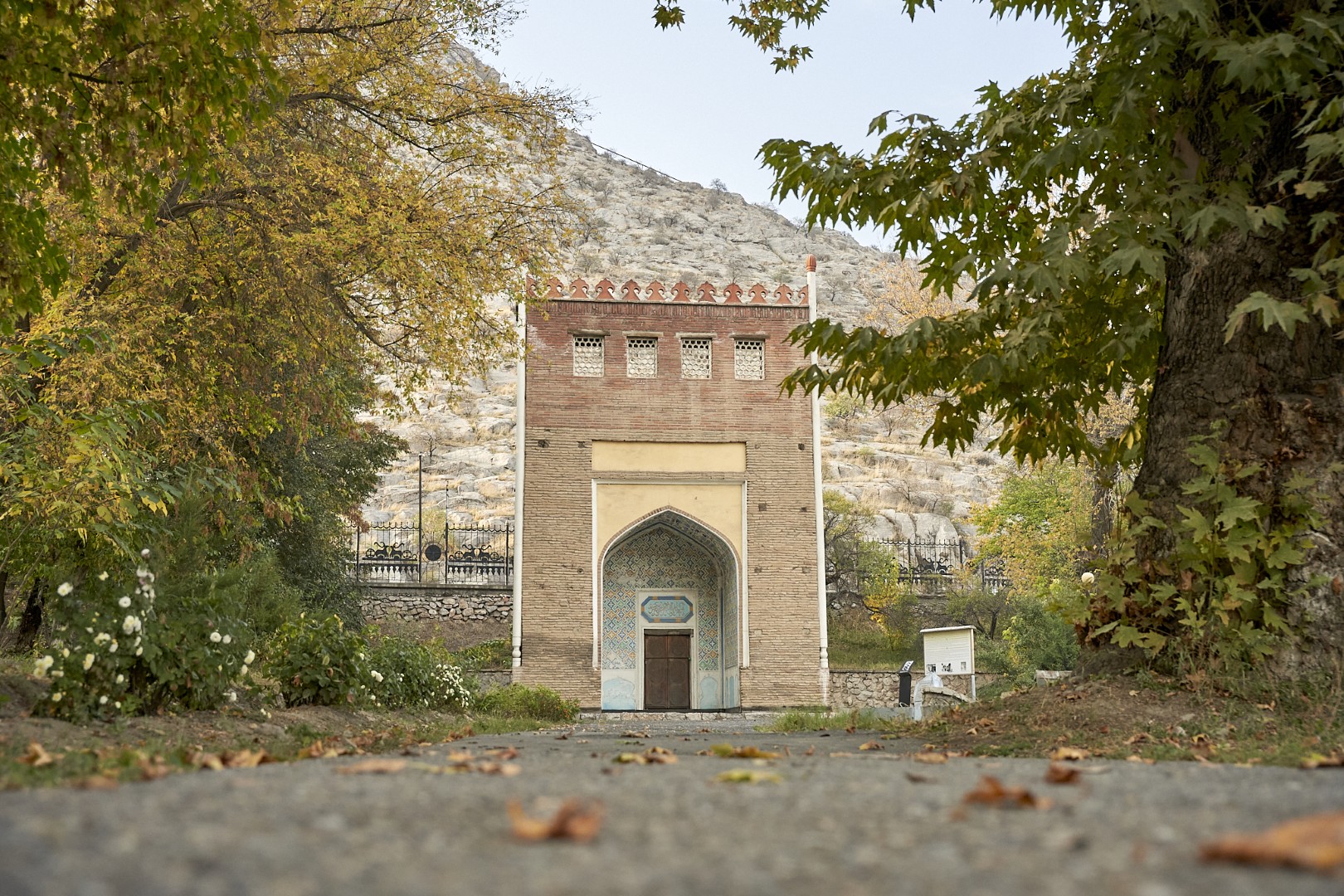
Asaf Ibn Burhia
Asaf ibn Burhia Mausoleum is located on the southeastern slope of Suleiman Mountain, and was built in the 18th century in the traditions of the Fergana architectural school. In historical chronicles it is mentioned as a mazar, or shrine.




